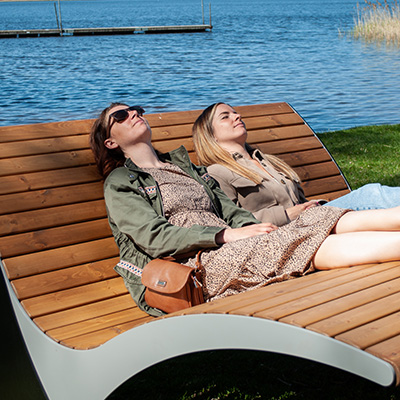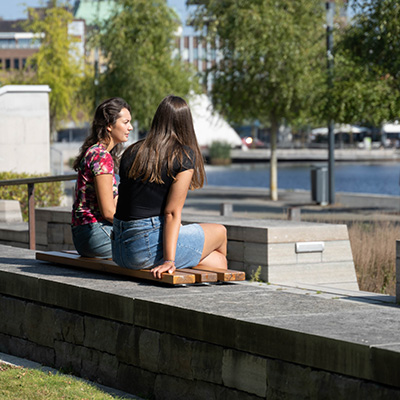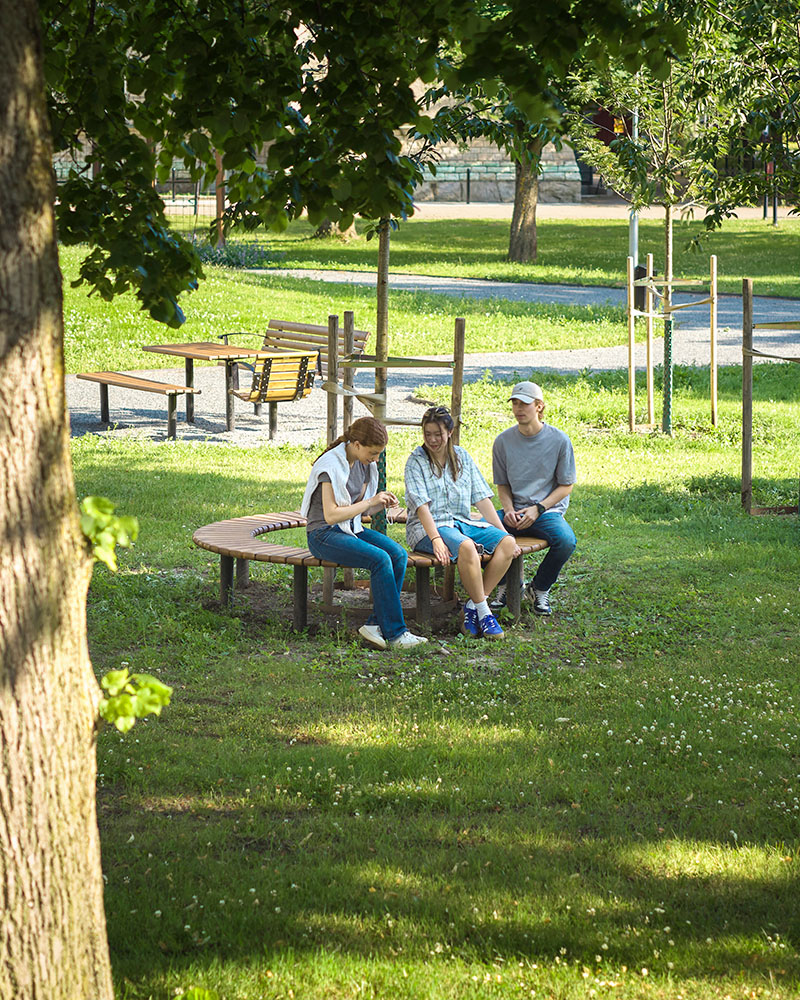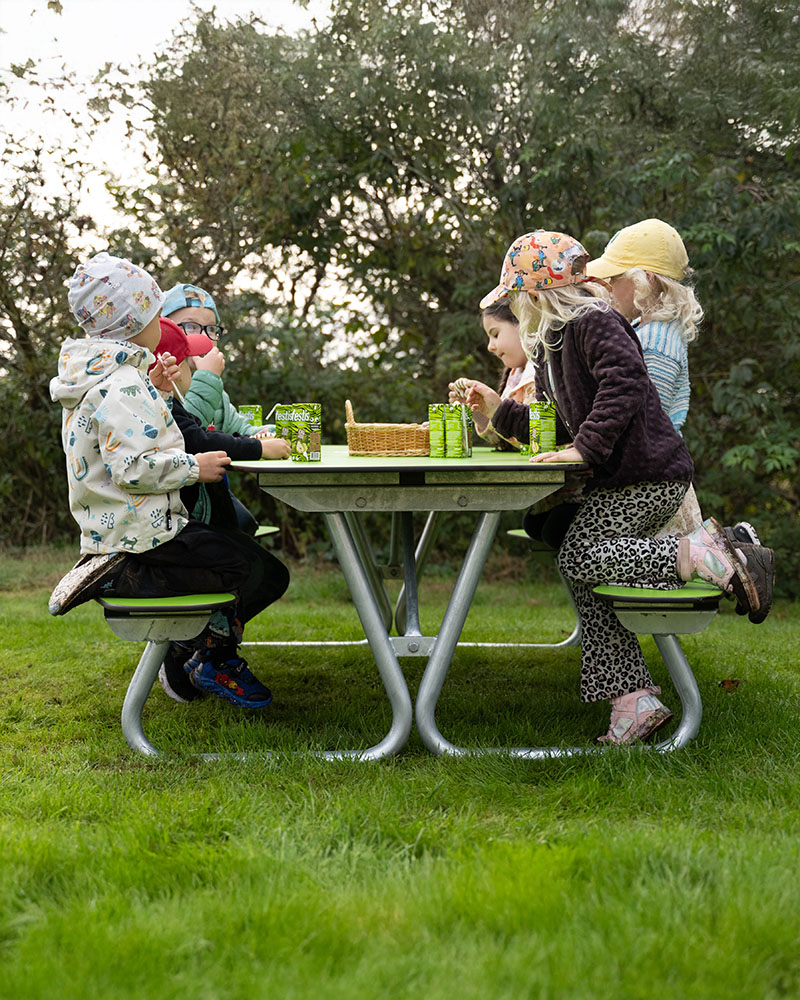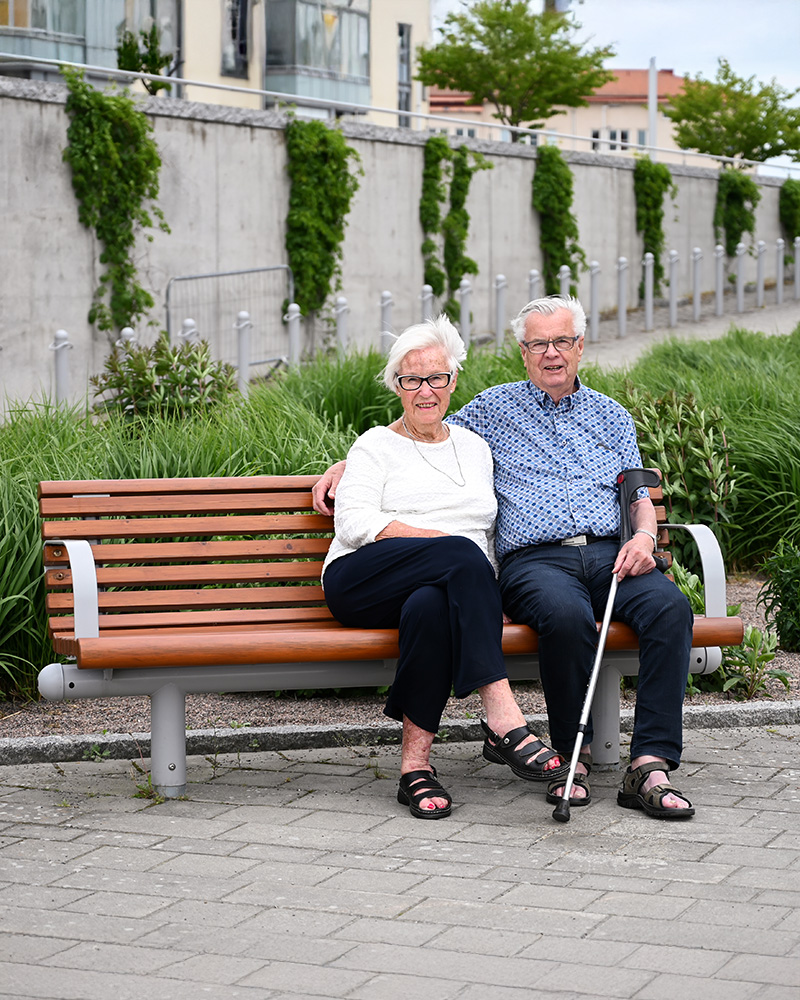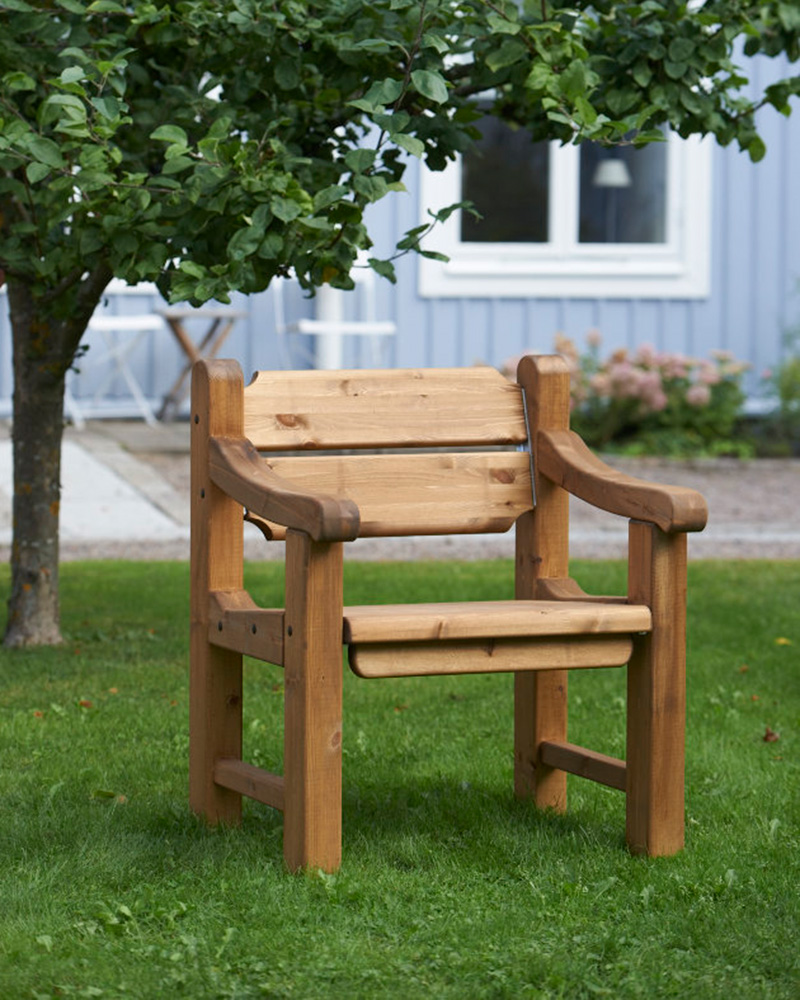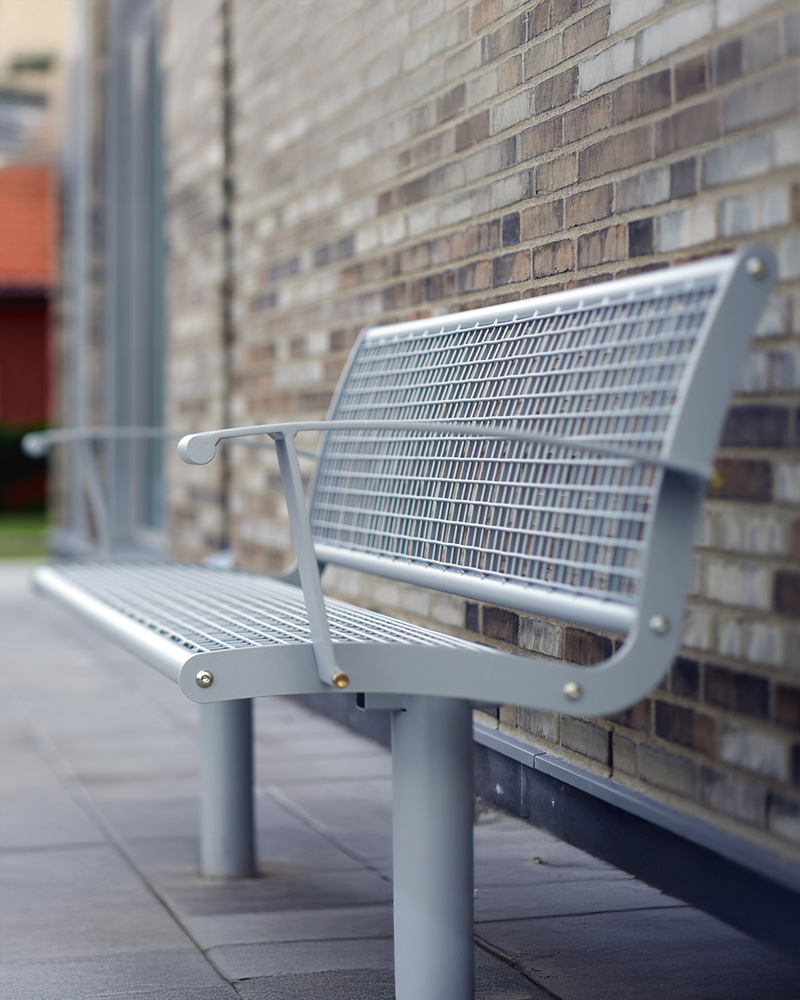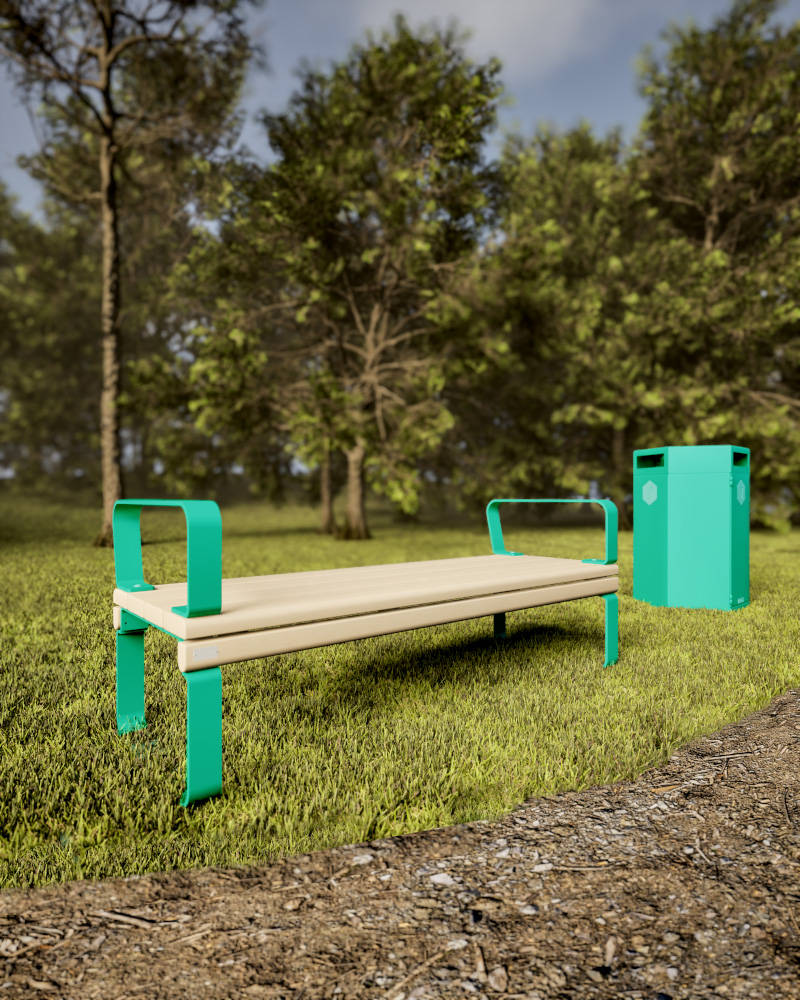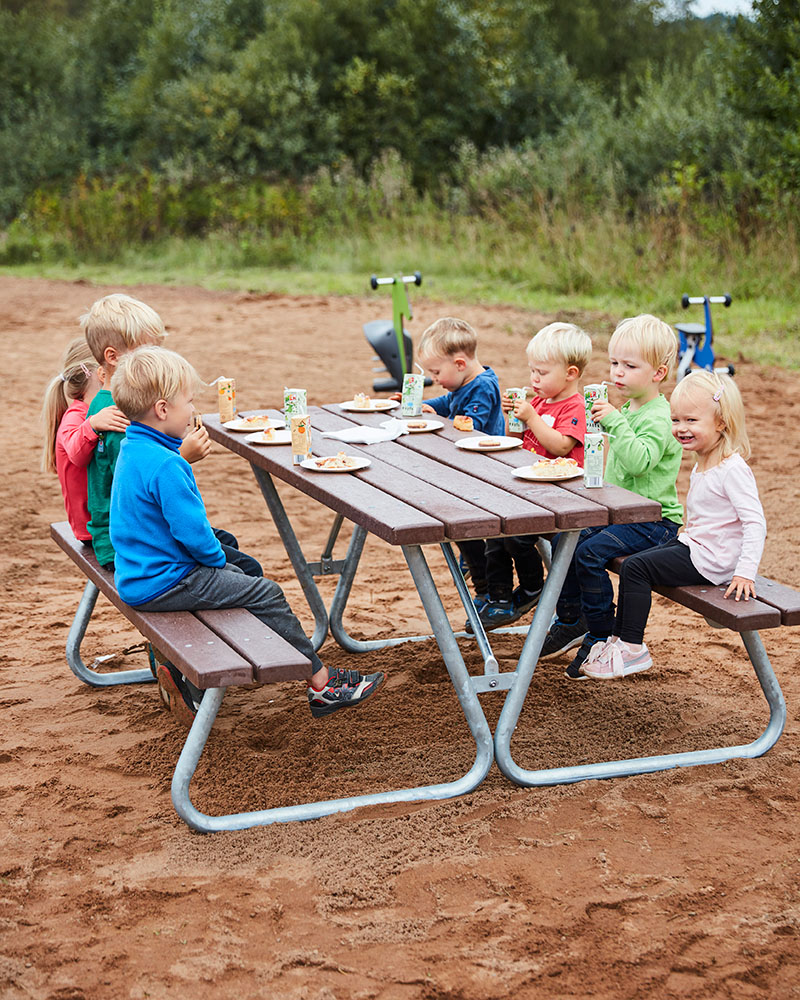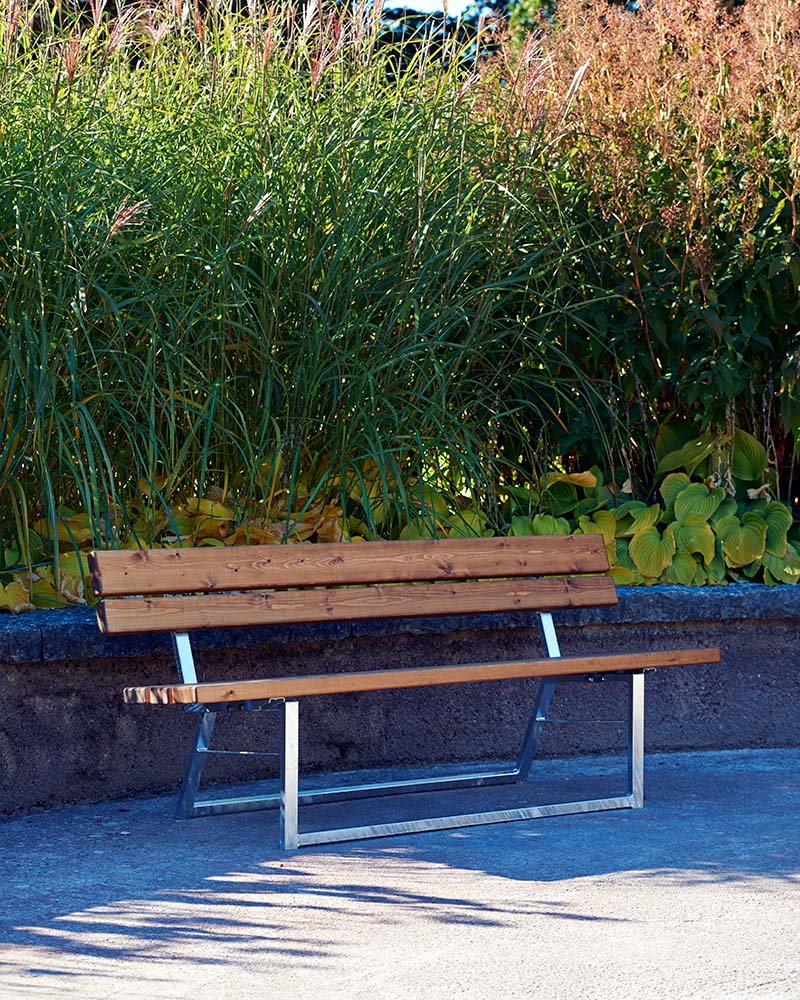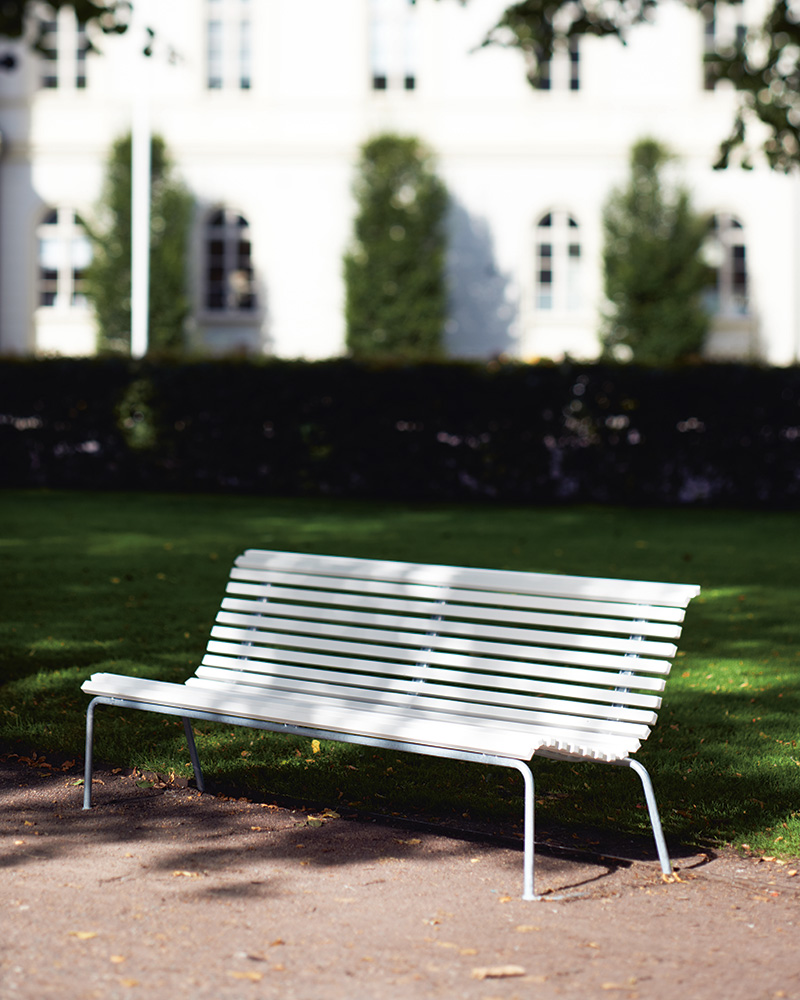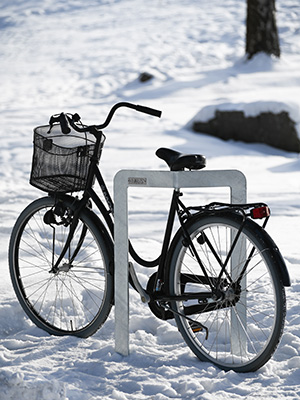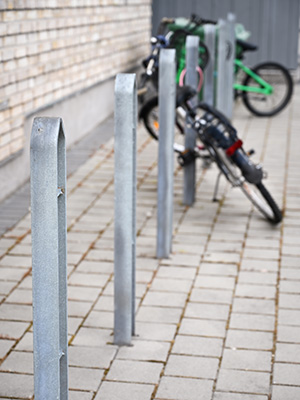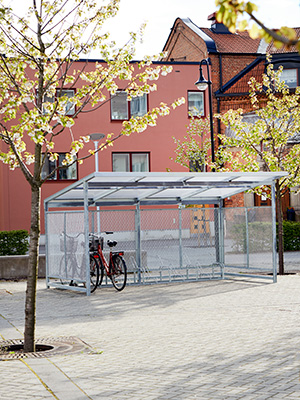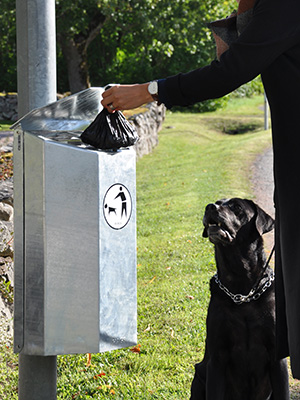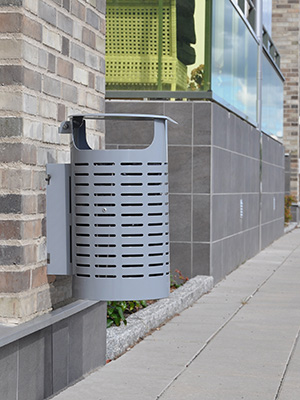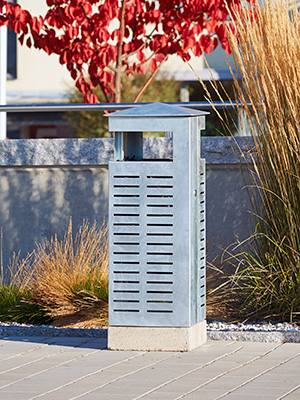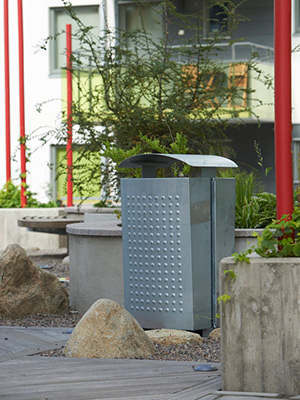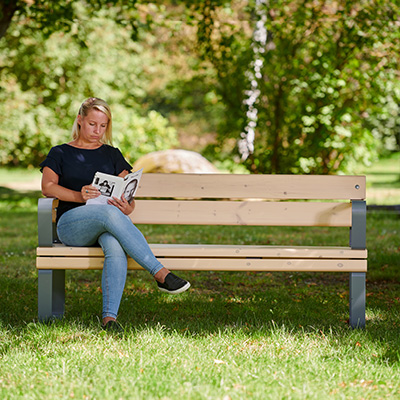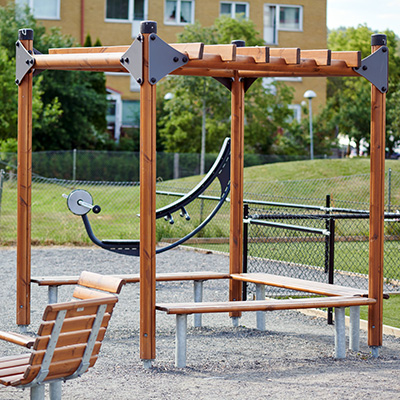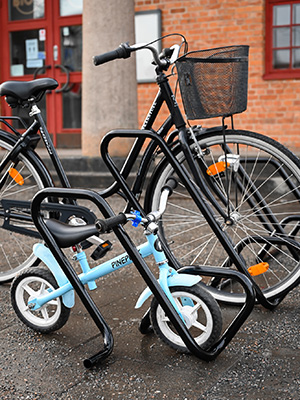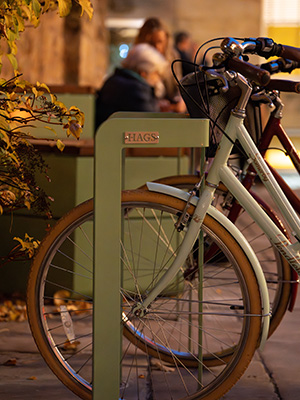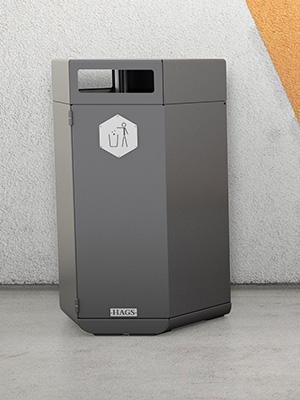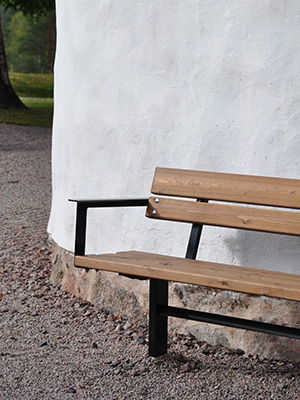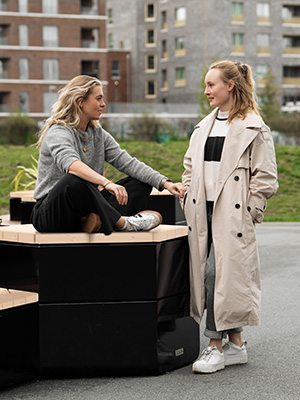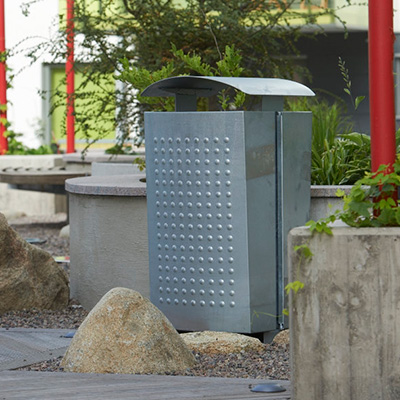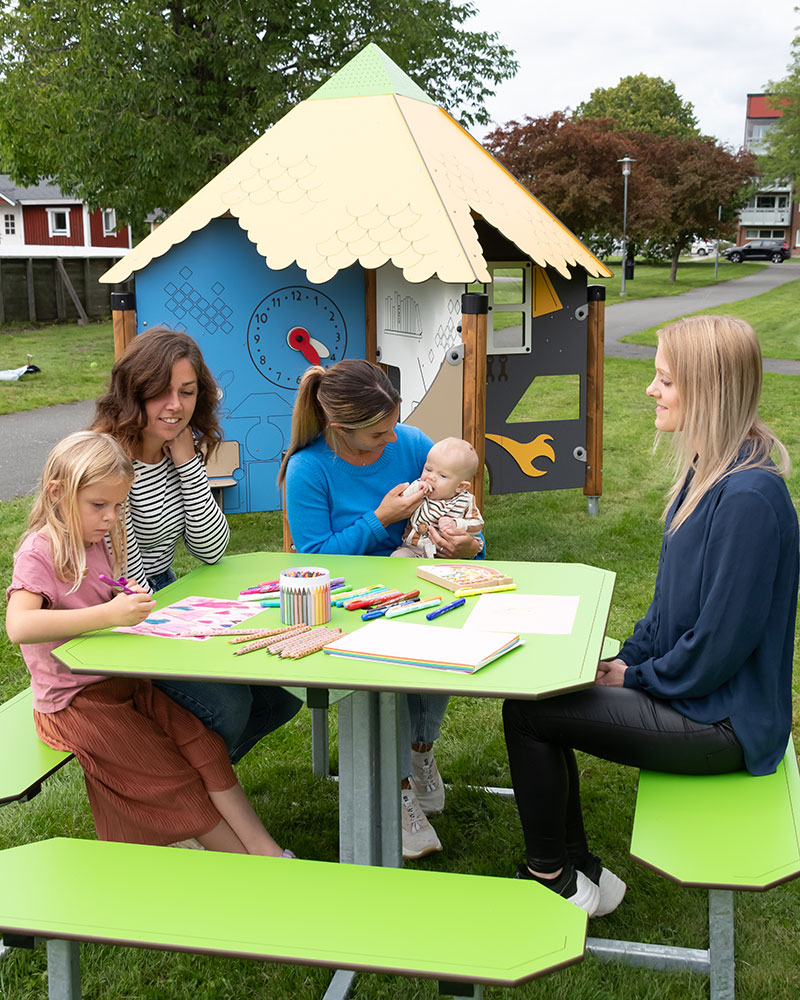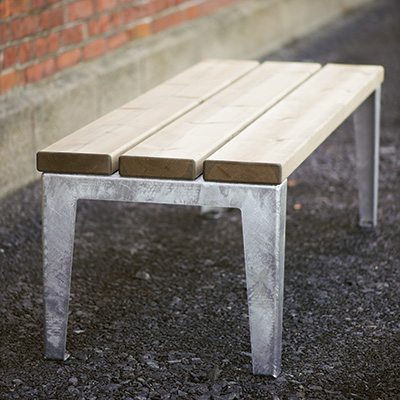Park Design
A well-designed park is more than just a green space - it’s a place where people rest, meet, and connect with nature and community. Thoughtfully placed benches and outdoor furniture play a key role in shaping how visitors use and enjoy the space. In this guide, you'll find practical tips on how to design parks that are welcoming, functional, and inclusive - starting with the furniture that brings people together.
Encouraging social interaction
Use furniture to encourage casual interactions. Picnic tables, group seating, and semicircular bench arrangements can invite conversations among visitors. Place social seating near play areas, dog parks, or food kiosks to enhance communal experiences. Nevertheless always balance social areas with quieter zones for rest and reflection.
Accessibility and inclusivity
Outdoor furniture should be accessible to everyone. Include benches with armrests and back support for older adults, and leave enough space beside some benches for wheelchair users. Tables should accommodate different heights, and pathways to furniture should be level and easy to navigate. Designing inclusively ensures that the park serves the whole community.
Durability and maintenance
Select materials that suit the park’s environment and usage level. Thermally treated wood, steel, HPL, and recycled plastic are popular choices thanks to their weather resistance and low maintenance. Make sure all furniture is securely anchored and built to withstand wear, vandalism, and the elements. Long-term durability helps reduce maintenance costs and preserves the look and function of the space.
Thermally Treated Wood
Steel
Recycled Plastic
Creating a sense of place
Furniture contributes to the park’s character. Consistent styles and materials across benches, bins, and bike racks to create a cohesive aesthetic. Choose colors and forms that complement the landscape and local identity.
Flexible design
Parks evolve over time, and so should their furniture. Consider moveable pieces that can be reconfigured as needs change. This is especially useful in seasonal parks or for temporary installations during events. Flexibility supports adaptability and long-term relevance.
Supporting active transport
Encouraging visitors to cycle to the park starts with secure and convenient bicycle parking. Place bicycle racks near main entrances, restrooms, and popular amenities like cafés or sports areas. Ensure they’re clearly visible, well-lit, and close to pathways to make parking feel safe and accessible.
For parks with high traffic or longer visits, consider covered bicycle shelters to protect bicycles from rainy weather and signal that cyclists are welcome. Choose rack designs that support the frame (not just the front wheel) and allow users to lock both frame and wheels securely. When possible, integrate bicycle racks into the park’s overall aesthetic with matching materials or subtle design details.
Thoughtful placement of litter bins
Litter bins are essential for keeping parks clean and enjoyable - but they only work when placed strategically. Position bins near entrances, along main paths, beside benches and picnic areas, and especially near food vendors or playgrounds. People are more likely to use bins if they’re within easy reach.
Choose durable, weatherproof materials and consider bins with lids to deter pests and prevent overflowing. To promote recycling, use color-coded or clearly labeled bins for different waste streams. And don’t forget aesthetics, well-designed bins that match the park’s style can blend in or even enhance the space.

